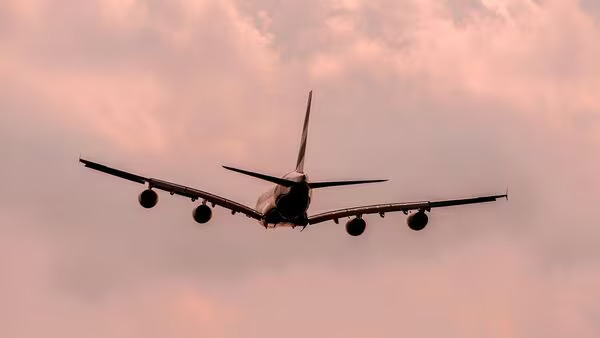The tragic crash has shocked the aviation industry and added to the rising number of air travel deaths this year.
This accident is part of a series of deadly plane crashes in 2025 that have already killed hundreds. The year started with a mid-air collision over Washington between an American Airlines jet and a military helicopter, killing 67 people. In March, another tragedy happened near Roatan Island, where 13 passengers died.
Experts say 2025 is becoming one of the deadliest years for air travel in over ten years, with 460 deaths reported in just the first six months.
Only one person survived the Air India Flight 171 crash, making it one of the worst aviation disasters in recent times.
Is flying becoming inherently more dangerous?
According to the Aviation experts, that flying is still statistically safe, but people are starting to lose confidence. Dr. Simon Bennett, head of the Civil Safety and Security Unit at the University of Leicester, told MailOnline:
“That perception is understandable because safety goes through peaks and troughs. So if you take a snapshot at a particular time it can either look like things are getting seriously dangerous or that things are getting seriously safe.”
Indeed, the perception of spiraling risk is being fueled by recent high-profile disasters, even though long-term trends suggest continued improvement.
According to Jan-Arwed Richter, founder of the aviation safety consultancy Jacdec, the average annual fatality count is 284-a number this year has already eclipsed by a shocking margin.
“This year still has more than six months to go, so this could be concerning if this rate of fatal accidents would go on,” Mr. Richter told Bloomberg.
Despite the alarming headlines, the aviation community continues to insist that air travel is among the safest modes of transport. A newly released 2024 safety review from the UK’s Air Accidents Investigation Branch echoed this sentiment, “Commercial aviation remains one of the safest forms of public transport, with global accident rates continuing their long-term decline.”
Dr. Bennett explains the importance of zooming out and examining data over extended periods:
“If you take a 20-year snapshot, then air safety is unequivocally improving.” “You will be safer five miles above than you would be at home, that is a fact. But if you tell the public that they won’t believe you.” “My deepest sympathies go out to those who’ve been affected, but I would beg the public to consider such events in the widest possible context.”
What went wrong in Ahmedabad?
The official cause of the Air India crash is still being investigated by the Indian Aircraft Accident Investigation Bureau. But early reports point to a rare mix of environmental factors and mechanical problems.
Dr. Sammy Diasinos, an aerodynamics expert at Macquarie University, believes there may have been a double-engine failure but thinks environmental factors are more likely.
“The B787 has very powerful engines and can easily operate if one engine fails, so for this accident to occur, we would be looking at a very rare double engine failure.”
He adds, “It would be very unusual for two engines on the same aircraft to be on the exact same maintenance schedule, making simultaneous mechanical failure unlikely.”
The hot runway conditions, with temperatures reaching 37°C (98°F), and the plane’s heavy fuel load may have played a role in the crash. In such conditions, planes need more lift to take off, and Flight 171 reportedly struggled to do so.
Worrying details also show that the plane still had its landing gear down and flaps retracted even at 600 feet, which made it even harder for the plane to climb.
Murray Terwey, aviation lecturer at Edith Conway University, suggested possible human error:
“Aircrew have been known in the past to retract the flap instead of the gear by mistake. This, in the early stages of flight, can lead to a significant loss of lift which can lead to an accident.”
Some experts think that economic problems may be quietly affecting aviation safety. When airlines earn less money, they often cut costs on maintenance, staff, and upgrades, which can lead to more accidents.
.
👉 Click here to read the latest Gujarat news on TheLiveAhmedabad.com




